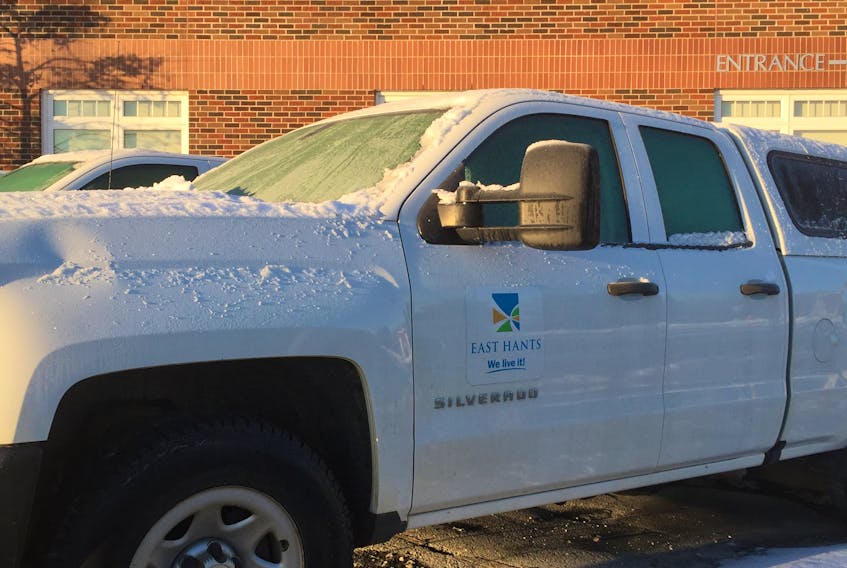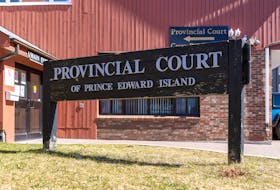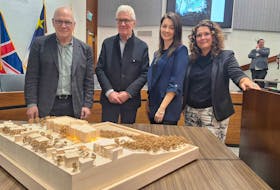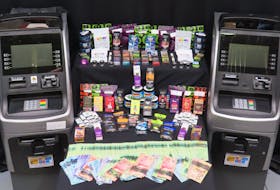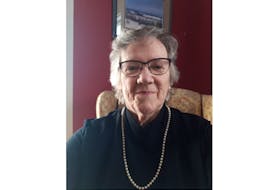Dissent is growing down on the farm in East Hants.
“There is a statement of provincial interest regarding agricultural land, specifically under the Municipal Government Act and that any sort of rezoning like this is actually contrary to that statement of provincial interest,” Jessica Boland of Elmsdale said of a January decision by municipal council to redesignate a 7.3-hectare section of farmland in Milford from an agriculture reserve zoning to industrial commercial.
“Several areas of the municipal planning strategy specifically address the municipality’s rural character and the importance of farmers to the municipality, how important maintaining agricultural land is,” Boland said. “We have land that is actually being farmed, that is farmland, and they are going to destroy it in order to make it industrial reserve in order to bring in, according to their own materials, many different potential uses that will prevent that land from ever being returned to agricultural land.”
After a spirited public meeting on Jan. 29, council for the Municipality of East Hants voted 6-5 to amend the community plan to rezone the property located at 1705 Highway 2, near the National Gypsum entrance and adjacent to the municipal Wickwire Station Park that has been developed along the Shubenacadie River.
A staff report states that an eventual sale or lease of that piece of land would help the municipality recover some or all of the $315,000 it paid in 2015 for a larger 23.5-hectare property that encompassed the section it has rezoned. The property was previously owned by brothers Robert and Douglas Collier, a farm from which several horses were seized five years ago because they were not being properly cared for.
"They are going to destroy it in order to make it industrial reserve in order to bring in, according to their own materials, many different potential uses that will prevent that land from ever being returned to agricultural land.”
The municipal staff report stated that there was “no current development proposal” for the land to be rezoned. The report referred to the municipality having investigated a rail-related inland port development since 2006. More recently, serious inquiries were made about the purchase or lease of the land for smaller scale rail development, including a site to offload propane from railcars to be distributed by truck and a site to ship and store chemicals related to the offshore oil and gas sector.
Boland, whose partner is a member of a dairy farm family that operates near the rezoned property, said she didn’t want to speculate about what might eventually show up on the prime piece of land that is currently being farmed as part of the Canadian Foodgrains Bank project that has local farmers providing equipment and time to provide food for hungry people in crisis.
“They (council) are not able to engage public concerns about what is going to happen to our infrastructure, what is going to happen to the surrounding lands,” Boland said. “Multiple people are concerned about their well water, but because there is no development plan in place, they don’t have to address those concerns.”
Given that the proposal involves moving land from the agricultural reserve designation, staff recommended that the agricultural advisory committee created by council review the proposal. Council decided not to forward the proposal to the committee and Boland said when council was asked specifically at the Jan. 29 public meeting why the committee was passed over, the curt reply was that it was council’s decision.
“Part of our planning strategy is to protect the rural landscape by permitting uses that are compatible with the rural environment.”
Pam MacInnis, council representative for Shubenacadie and a member of the agricultural advisory committee, said at the public meeting that “part of our planning strategy is to protect the rural landscape by permitting uses that are compatible with the rural environment.”
“In the case of 1705 Highway 2, Milford, I believe we are putting a change in place without cause,” MacInnis told council at the meeting before voting against the amendment. “If a third party was requesting a rezoning for a specific purpose, we could evaluate the specifics. In this case we have no specifics. In addition, we are currently owners of land which provides a beautiful park and recreation opportunities for our residents, as well as having volunteer farmers grow grain for the world grain bank to help feed those in need. ... I believe the land is being used in a very beneficial way, while maintaining the lifestyle the neighbouring residents want to preserve.”
Boland crafted a five-page letter to Gordon Smith, the provincial director of planning.
In the letter, Boland argues that the zoning change is not consistent with the provincial interest and urges Smith to exercise his authority to request ministerial review of the zoning plan document, putting the decision to reject or approve the rezoning plan into the hands of Municipal Affairs Minister Chuck Porter.
Boland said she received an email from Smith indicating those concerns would be considered.

